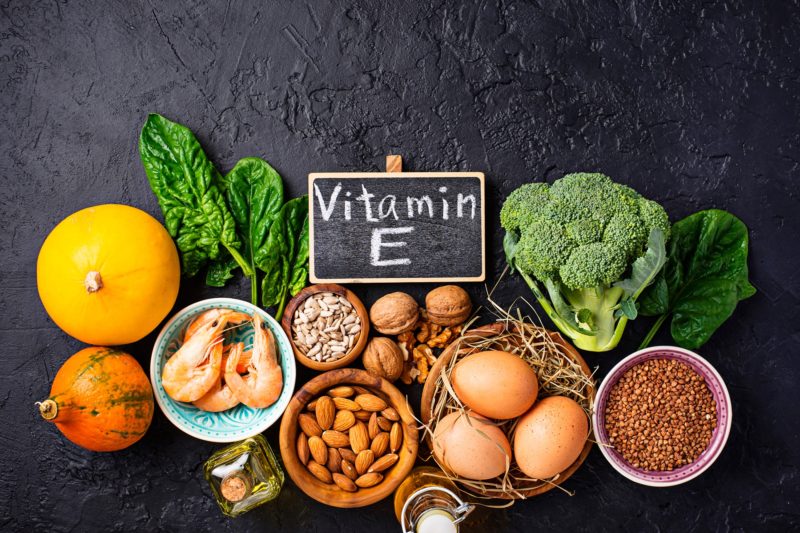Abstract
Dietary habits are of considerable interest as a modifiable factor for the maintenance of muscle health, especially sarcopenia. The present study aimed to investigate the association between dietary intake and sarcopenia prevalence in community-dwelling Japanese subjects. This cross-sectional study was conducted using data from the fifth survey of the Research on Osteoarthritis/Osteoporosis against Disability (ROAD) study, and 1345 participants (437 men and 908 women) aged ≥60 years were included in the analysis. Sarcopenia was determined by the definition of the Asian Working Group for Sarcopenia established in 2014, and dietary intake was assessed with the brief-type self-administered diet history questionnaire. Overall, 77 subjects (5.7%) were identified as having sarcopenia, 5.0% of men and 6.1% of women. Multiple logistic regression analysis showed that the odds ratios of sarcopenia for the dietary intake of vitamin E (α-tocopherol, 0.14 (CI 0.04-0.49), β-tocopherol (0.24, CI 0.07-0.78), γ-tocopherol (0.28, CI 0.09-0.87), and fats (fat 0.27, CI 0.08-0.96; monounsaturated fatty acids, 0.22, CI 0.07-0.72, polyunsaturated fatty acids, 0.28, CI 0.09-0.89) at the highest quantile were significantly lower compared with those at the lowest quantile. Therefore, higher dietary intakes of vitamin E and fats would be associated with a lower prevalence of sarcopenia.

